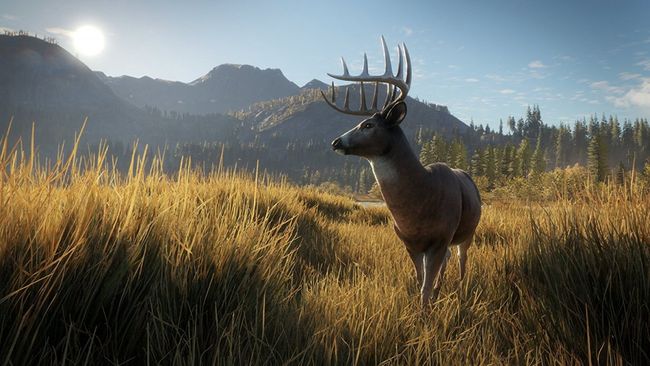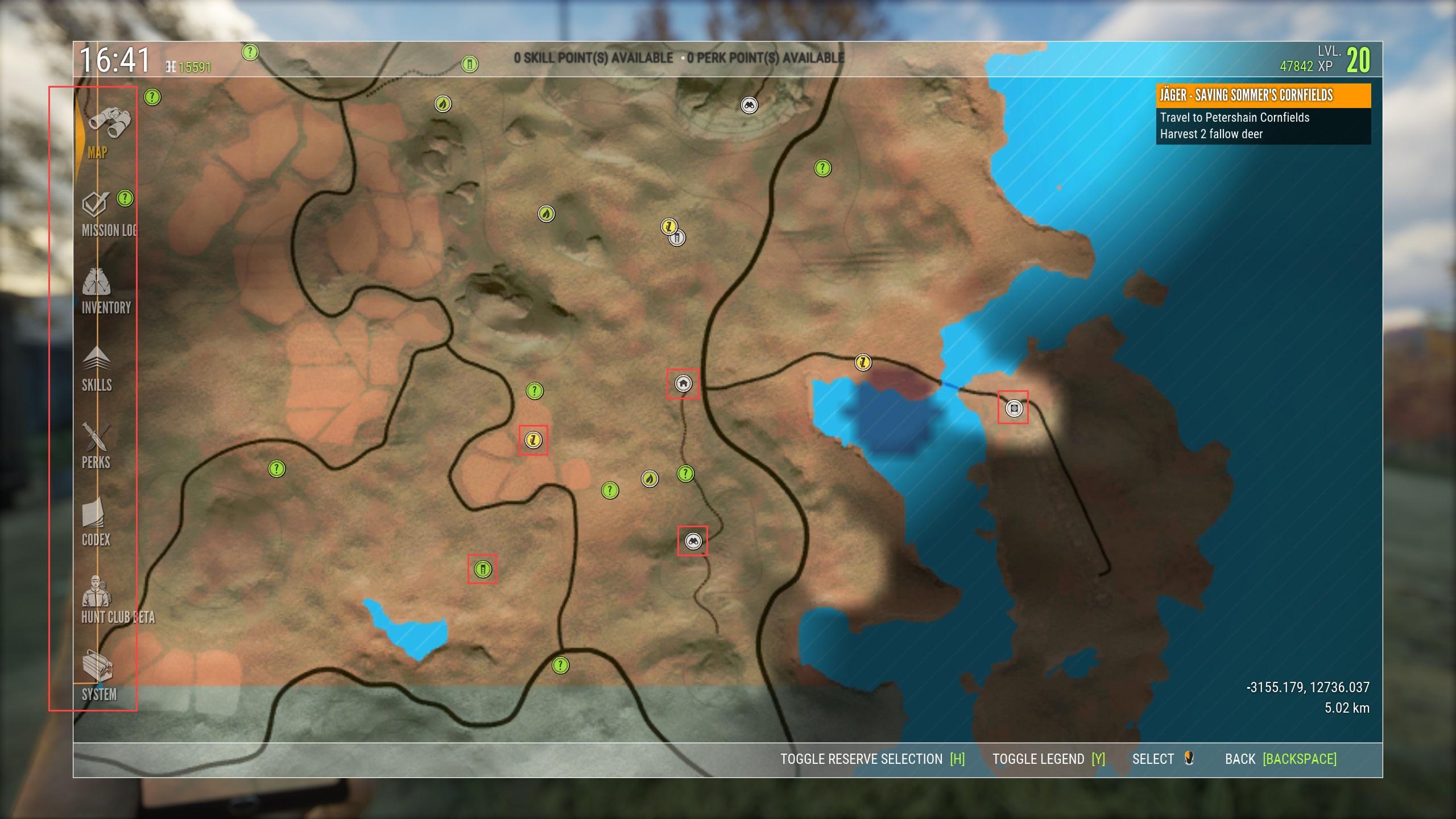
This animal is not supposed to be attracted to any caller. I also got the attention of a flock of Bighorn Sheep, using the Deer Bleat and the Elk Caller. I have been able to attract Moose with the Jackrabbit Predator Caller, several times, even though Moose is not supposed to respond to this caller. Curious animals may investigate unknown animal sounds even if they’re not supposed to respond to a given caller. +You can get lucky with animal curiosity in use of callers. Bears will sometimes investigate foliage noises to look for prey, even after issuing a warning call. +Animals have varying degrees of curiosity. This can either extend the nervousness or even cause them to spook. +Never use a caller while the animal is in a nervous state. This creates enough noise for the animals to go into attentive psychological state, in which they most definitely will pay attention to calls. +One tactic I use to get animals attention, is to stand up, jump, and quickly go back to prone. Animals in traveling mode seem to be more responsive to calls and scents. This can occur even if the preferred caller is used. +Sometimes a group of animals will be too stubborn to respond to calls because they’re busy eating or drinking. +Apex predators (Wolves and African Lion) have additional AI characteristics that complicate their behavior. In addition, a more cautious animal will have a lower threshold for “over calling” (using a caller too often) and may spook as a result. If they do, they will take longer to arrive at the location. More cautious animals will be less likely to respond to a call. Higher level animals will be more cautious. +As previously mentioned, these numbers are only an indication of the best case scenario. You can use these more repetitively without penalty for “over calling”. The duck and goose callers only work on their respective species. The point is, when I show you a probability number for each animal, this is only for comparison, and in order to show what callers can be used for a given animal.īottom listed animals are hidden and await activation by a skill in the ambusher tree. I believe this “hivemind”-like behavior extends beyond spooking, perhaps causing non-attracted animals to tag along when other herd members respond to a call.

For example, in addition to variables like intelligence, curiosity, senses, psychological state, etc., the animals actually affect eachother. The animal AI system is more complex than I have been able to deduce.

These empirical numbers only serve to give an idea of caller effectiveness. This list assumes low level across the board.

Be aware of this when going after animals that are usually high-level (intelligent). Please note that this probability is for the lowest level, dumbest animals, in a calm psychological state. I have listed empirical probability numbers for each animal. Showing what animals are attracted to what callers, with and without hidden animals perk.


 0 kommentar(er)
0 kommentar(er)
